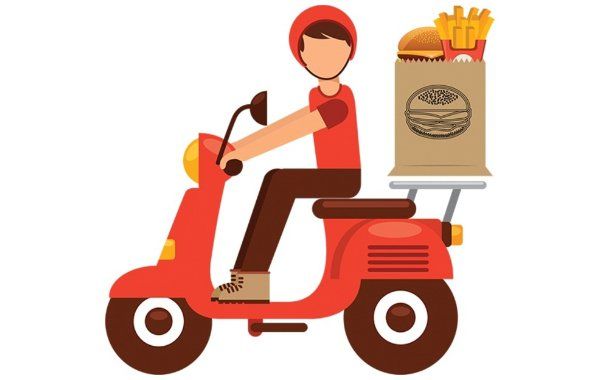An increasing number of consumers are getting on food delivery apps. A big reason for this is the convenience these apps provide. By getting listed on these food delivery apps, F&B merchants like you, will be able to gain exposure to their huge customer base.
With the exposure your business is getting and the amount of consumers on the food delivery app, it might seem like a very good idea to hop on the bandwagon.
There are always pros and cons
While it might seem like a great idea to get listed right now, it is important to take a step back and consider the pros and cons of doing so.
Pros of food delivery apps
Food delivery apps give you more exposure to the F&B market. At least 70% of Singaporeans are ordering food from these apps at least once a month. This is especially important if you are a new F&B business owner trying to get your marketing up.
These apps also provide delivery service for you. With the benefit being, you can focus on food preparation. You do not have to hire and manage your own delivery team as well. Which can be quite a big effort.
Cons of food delivery apps
While having very attractive upsides, food delivery apps have their downsides too.
Firstly, you cannot ensure the quality of food when it reaches your customers. Delivery riders are freelancers and are not responsible for any damage during delivery.
Secondly, the commission charges per order is very high. Many F&B owners have watched the commission rates grow from 20% to 30% in frustration. At such high rates, your profitability will be definitely impacted.
Thirdly, the customers you are getting, are not really your customers. Yes, they might be paying you for your food. However, most of their loyalty lies with the food delivery app. The customers will go with for of the suggested food merchants.
Lastly, the competition in these food delivery apps is strong. Especially during recent times, where many F&B merchants are signing up to be listed on these food delivery apps. Thus, even if customers are looking for your F&B business, they might get distracted and place an order with someone else.
Should you still go ahead?
While the cons might seem rather discouraging, you should still go ahead and be listed on these food delivery platforms. Leverage on their customer base to gain exposure, and their delivery team to help with delivery.
This should not be your long term plan though
In the long run, the high commission and the increasing amount of merchants on these food delivery platforms will hurt your profitability. You should consider setting up your own food pre ordering system and food delivery team.
Channel the customers back to your own ordering platform and build your own loyal customer base. In today’s business climate, having your own customer base is key to being a sustainable business.
iMakan Solution
Building your own ordering platform might be difficult. Let us help you with that. We do not charge commissions on your orders.
iMakan provides you a web based ordering platform, where your customers can pre order through a scanning a QR code, or clicking on a web link. This web link can be shared on your social platforms to reach out to your customers.
iMakan not only can be used for pre ordering, it can also be used for dine in restaurants. Customers scan a QR code to place orders, and these orders are sent to its specific kitchen sections for preparation
Bring your customers back to you
If you are looking for a way to get your customers to order from you directly online, let us know at (+65) 6271 5788, or drop us request below!












